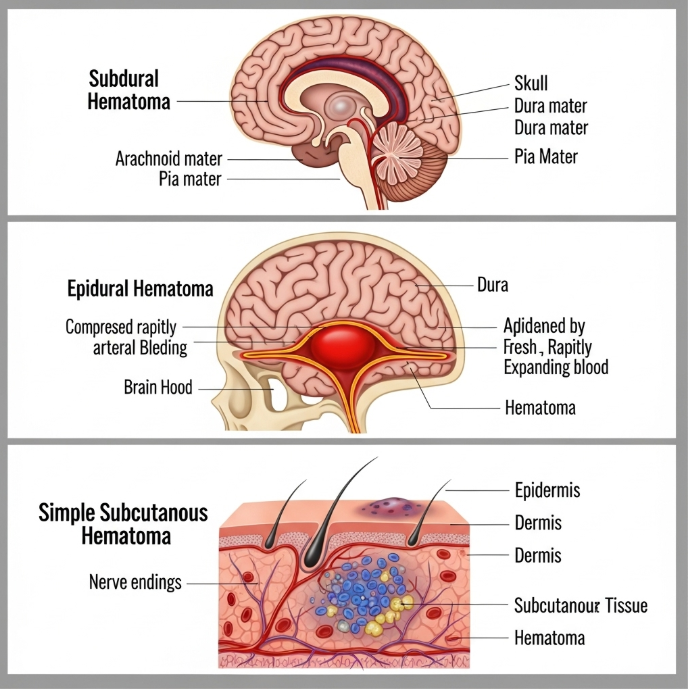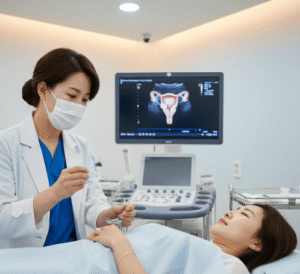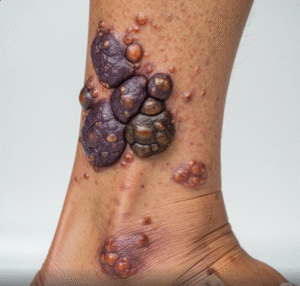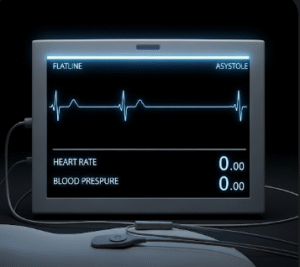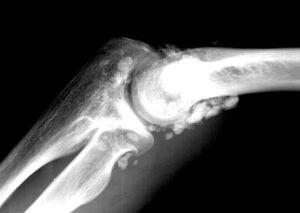Overview
A hematoma is a localized collection of blood outside blood vessels, usually caused by injury or trauma. Hematomas can occur anywhere in the body, including the skin, muscles, internal organs, or brain. In Korea, hematomas are commonly treated in emergency medicine, orthopedic, and neurosurgical departments depending on their location and severity. Advanced imaging and minimally invasive procedures are widely used in Korean hospitals to ensure effective diagnosis and treatment.
What is Hematoma?
A hematoma occurs when blood leaks from damaged blood vessels and pools in the surrounding tissues. Unlike bruises, which are superficial and minor, hematomas may be more severe and can cause pain, swelling, and pressure on adjacent structures. They can result from accidents, sports injuries, surgery, or anticoagulant medications.
Symptoms
- Swelling or lump at the injury site
- Pain or tenderness
- Skin discoloration (red, purple, or blue)
- Limited range of motion (if near joints)
- Warmth at the affected area
- Headache, dizziness, or neurological symptoms (for intracranial hematomas)
Causes
- Trauma or injury (falls, accidents, sports injuries)
- Surgery or invasive medical procedures
- Use of blood-thinning medications (e.g., warfarin, aspirin)
- Blood clotting disorders (hemophilia, thrombocytopenia)
- High blood pressure (increasing the risk of spontaneous hematomas)
Risk Factors
- Elderly individuals (more fragile blood vessels)
- Patients on anticoagulant or antiplatelet therapy
- Bleeding or clotting disorders
- High-impact activities or contact sports
- Chronic hypertension or liver disease affecting clotting
Complications
- Infection at the site of the hematoma
- Compartment syndrome (pressure buildup in muscles causing tissue damage)
- Permanent nerve or tissue damage
- Intracranial hematoma can cause stroke, brain damage, or death if untreated
- Chronic pain or mobility issues if large or untreated
Prevention
- Wear protective gear during sports or high-risk activities
- Control blood pressure and manage underlying health conditions
- Regular monitoring for patients on anticoagulants
- Immediate medical attention after trauma
- Safe surgical techniques and post-operative care in hospitals
Treatment Options in Korea
Diagnosis
- Physical examination for visible swelling or discoloration
- Ultrasound for soft tissue hematomas
- CT scan or MRI for internal or intracranial hematomas
- Blood tests for clotting function if necessary
Medical & Surgical Treatments
- Conservative management for small hematomas: rest, ice, compression, and elevation (RICE)
- Drainage or aspiration for large or painful hematomas
- Surgical evacuation for severe cases, especially intracranial or compartment hematomas
- Medications: Pain relief, antibiotics for infected hematomas, or adjustments in anticoagulant therapy
Rehabilitation and Support
- Physical therapy for mobility and strength recovery
- Pain management and anti-inflammatory care
- Regular follow-up imaging for internal hematomas
- Education on injury prevention and safe activity practices

